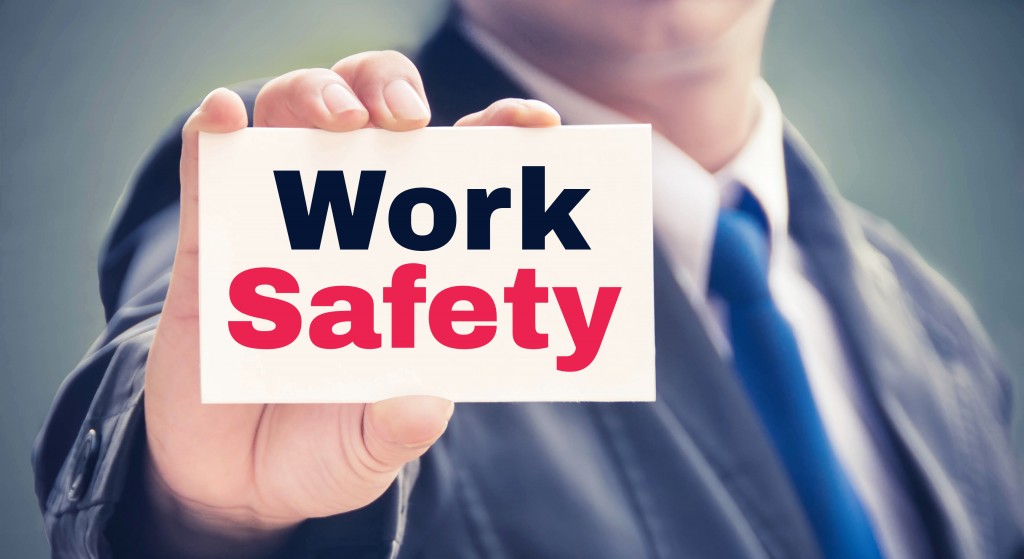Work has become an essential part of our lives. Every year, the average person spends about 90,000 hours of his or her life working. This is equal to spending one-third of your life in the office.
Given the significant amount of time we spend at work, it is no surprise that the workplace has become one of the most common locations where accidents occur. The International Labor Organization estimates that around 2.3 million employees across the globe suffer from work-related accidents or illnesses every year. Nearly 340 million occupational accidents are recorded annually, while 160 million work-related illnesses are reported each year. On top of this, over 6,000 deaths happen in the workplace every day around the world, according to recent statistics.
The growing number of workplace accidents and diseases annually presents an overwhelming challenge to employees and employers alike. Fortunately, these accidents can be prevented early on. Here are the five most common workplace hazards and ways you can effectively eliminate them, according to experts:
Biological
These hazards are substances produced by any organism that can pose a threat to a worker’s health. These include viruses, bacteria, mould, fungi, airborne pathogens, bodily fluids, blood, and sewage. According to the European Agency for Safety and Health at Work, nearly 320,000 workers globally die every year due to exposure to biological hazards.
To combat this, conduct a workplace risk assessment and eliminate the source of contamination depending on the area of work. Require all high-risk employees to wear personal protective equipment (PPE) such as surgical masks, gloves, safety overalls, and eye goggles when performing dangerous tasks. Maintain the cleanliness of the workstations and provide sufficient tools for sanitation.
Chemical
Chemical hazards involve the use of toxic substances that can harm human health. These include acids, gases, liquid metals, cleaning products, solvents, among others. Workers at high risk of chemical intoxication may suffer from skin irritation, respiratory illnesses, poisoning, blindness, or worse, death. According to the Bureau of Labor Statistics, in 2017 alone, 41 workers were killed in the U.S. after inhaling hazardous chemicals while on duty.
Businesses that involve the use of hazardous substances are required by law to apply warning labels and safety data sheets on chemical products. Always provide the necessary safety equipment and oblige your employees to wear them. Train your workers regularly on how to handle and store these chemical substances properly.
Ergonomic
These include physical factors that pose the risk of injury to the musculoskeletal system. These include poor posture, inadequate lighting, cluttered workspace, extreme lifting, or manual handling. Ergonomic injuries are the most common type of workplace accidents, accounting for 33% of all work-related injuries annually.
To limit the prevalence of such hazards, provide your workers with the proper office equipment like ergonomic chairs and desks. Invest in storage compartments like a long-span shelving system to minimise the risk of slipping, tripping, and falling. Provide the necessary tools for transporting heavy-duty materials. If needed, replace any poor lighting equipment and redesign your workspace to create more space that will allow your workers to move freely.

Physical
Physical hazards include any environmental factor or condition that can cause harm to employees at work. These include confined spaces, noise, heights, radiation, vibration, temperature extremes, and exposed electrical wires.
Limit the exposure of your workers to physical hazards by providing and requiring them to wear safety equipment at all times. Reduce the noise and vibration at work as much as possible. Install barriers to protect your workers from harmful ultraviolet rays and radiation microwaves. Try to insulate the work area that may be prone to extreme temperatures. Conduct regular training across your organisation on identifying and avoiding these hazards.
Psychosocial
These hazards include work stressors that can negatively impact an employee’s mental health or well-being. According to the Organization for Economic Cooperation and Development, around one in six workers globally suffer from a mental illness triggered by work-related stress.
Higher-than-normal workload, irrelevant job content, performance uncertainty, and oppressive organisational culture are psychosocial hazards cited by the International Labor Organization among individuals at work. Insufficient pay and toxic co-workers also trigger mental and emotional distress to the majority of employees around the world.
Business leaders like you must recognise your responsibility and accountability for your staff’s well-being. Create a good working environment that enhances mental health, starting from the top. Come up with a diverse range of mental health initiatives that will be suitable for the respective needs of your employees. Include mental well-being projects in your financial strategies as part of your business priorities. Make sure that your employees are well-aware of these initiatives.
Employers are responsible for the safety and security of their workers at work. Educating yourself on the most common hazards in the workplace can help you identify these risks early on and successfully eliminate them for the benefit of your organisation.

